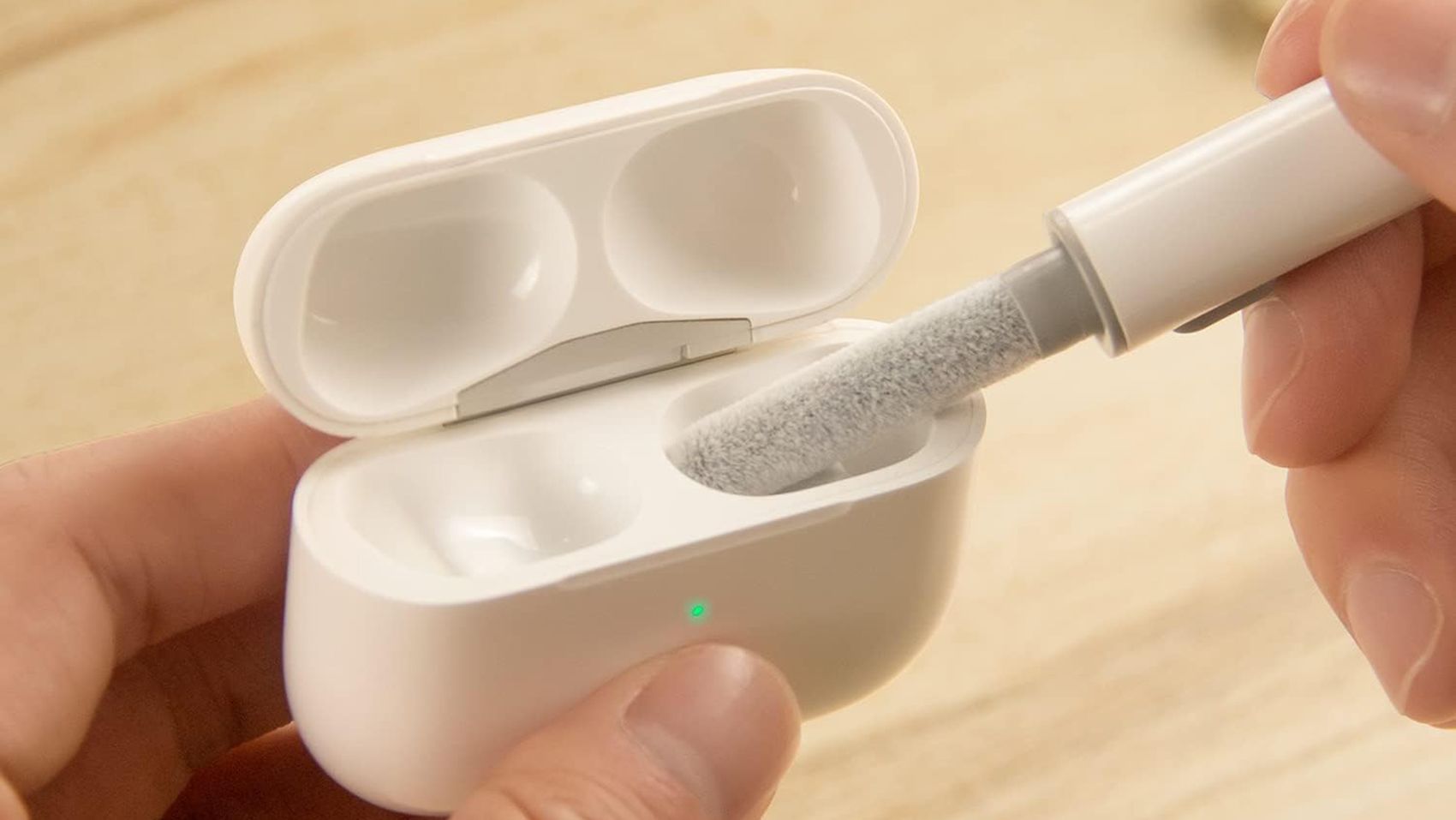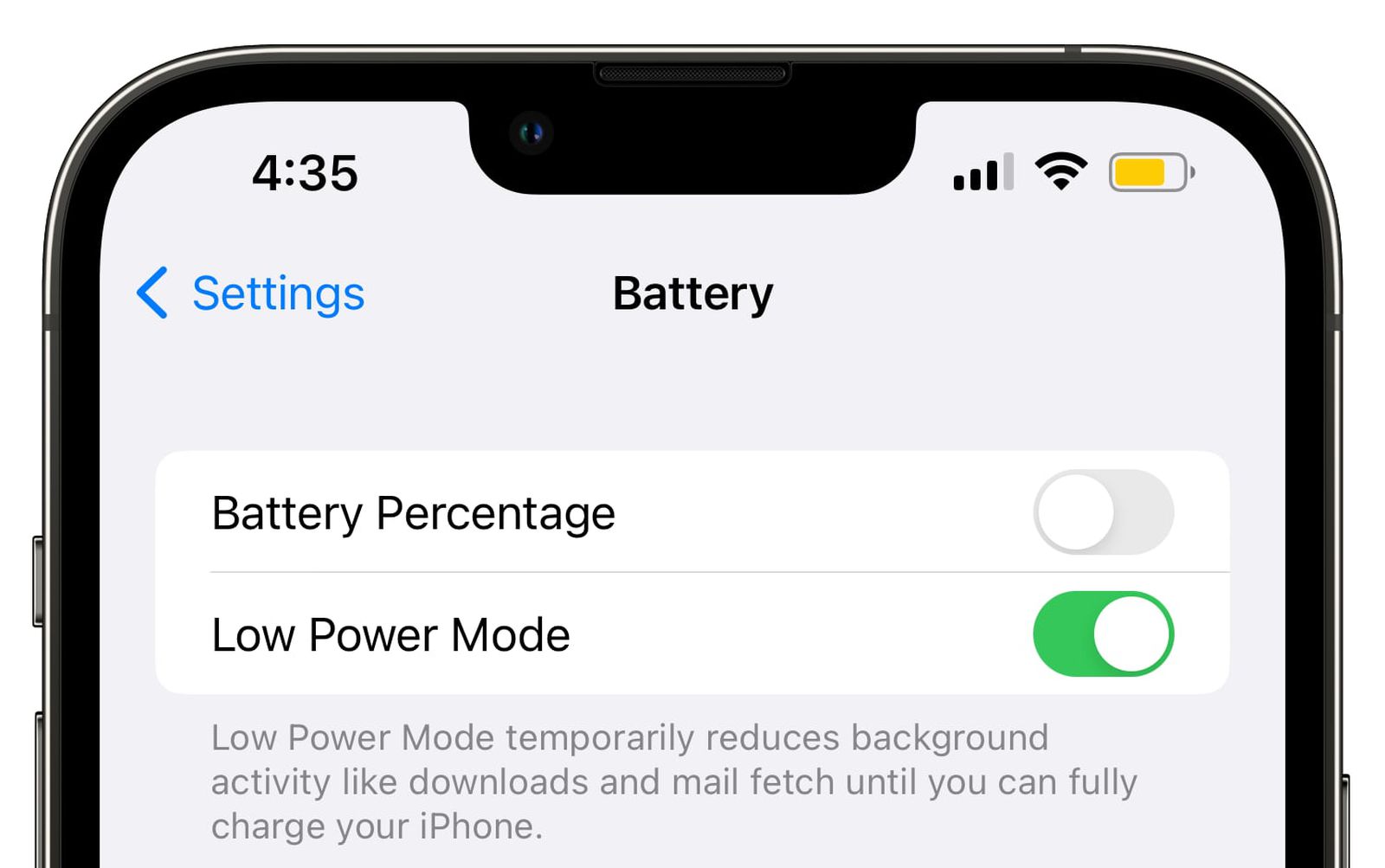If you’ve ever found yourself asking, “Why are my AirPods so quiet?” you’re not alone. Many users experience this issue, where the volume seems inexplicably low despite being turned up all the way. This can happen for several reasons, from simple blockages in the speakers to settings on your iPhone that need adjusting. Here’s what you can do to resolve the issue and enjoy your AirPods at their best.
Common Reasons Why Your AirPods Are So Quiet
- Dirty AirPods: Over time, earwax, dust, and debris can accumulate on your AirPods’ speaker grilles, blocking sound and causing them to be so quiet. Even a small obstruction can lead to a significant reduction in volume due to the delicate nature of the grilles.
- Low Volume Settings: Another reason why your AirPods might be so quiet is that the volume settings on your device or AirPods are lower than expected. Multiple volume controls on your device can affect overall output, and features like volume limiting or hearing protection settings might further reduce the maximum volume.
- Bluetooth Connection Issues: A weak or unstable Bluetooth connection can also explain why your AirPods are so quiet. Interference from other wireless devices, distance from the source, or physical barriers can compromise the connection.
1. Check the Volume
If your AirPods are suddenly so quiet, the issue might be simpler than you think. Many people overlook the basics and jump to complex troubleshooting steps when the real problem could be low-volume settings. Start by checking if your device’s volume is turned up. On your iPhone or iPad, use the physical volume buttons on the side to increase the volume. Press the volume up button while your AirPods are connected to make sure it’s affecting the right device.
2. Make Sure Your AirPods Are Charged
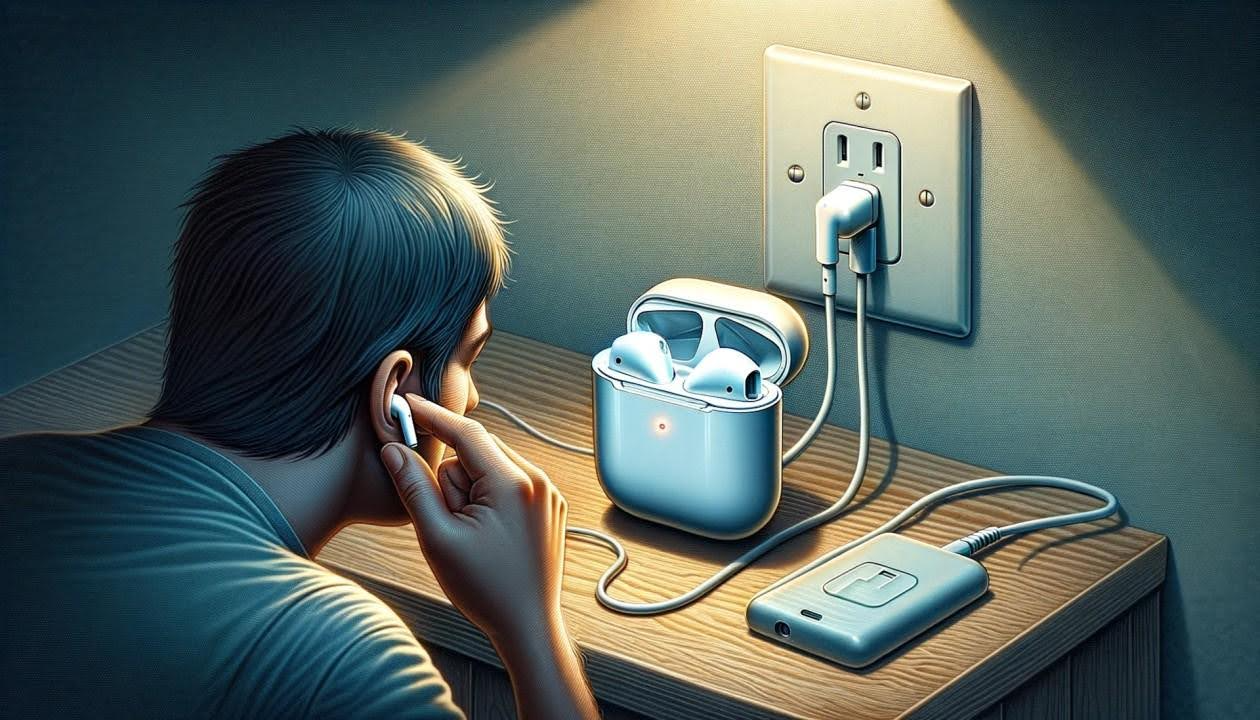
If your AirPods are low on battery, they may be so quiet due to reduced volume or other performance issues. To fix this, place your AirPods in their charging case and close the lid. Connect the case to a power source using a Lightning cable or a wireless charger if you have a compatible case. Let them charge for at least 15-30 minutes to ensure they have enough power.
When your AirPods’ battery level is low, the sound output may decrease to conserve power, leading to quieter audio or issues like one AirPod being quieter than the other. Charging your AirPods fully can help restore their sound to normal levels.
Ensuring your AirPods are fully charged is a simple and effective way to resolve issues with low volume. If the battery is low, performance can be affected, so charging your AirPods might resolve why they are so quiet.
3. Clean Your AirPods
Over time, your AirPods can accumulate debris, earwax, and other particles that block the speaker grille, which is a common reason why your AirPods might be so quiet. Regularly cleaning your AirPods is essential to maintain their sound quality and ensure they perform at their best.
| Cleaning Task | Instructions | Important Notes |
|---|---|---|
| Gently Remove Debris | Use a soft, dry cloth to wipe down your AirPods, focusing on the speaker grille area. Use a small, dry brush for stubborn debris | Avoid pressing too hard on the speaker mesh. |
| Avoid Using Liquids | Do not use water or any cleaning solutions. If necessary, slightly dampen the cloth with water, ensuring it’s almost dry before use | Liquids can damage internal components. Use with caution. |
| Clean the Charging Case | Use a soft cloth to clean both the inside and outside of the case. Avoid moisture in the charging ports | Regularly clean the charging case to prevent dirt from transferring to your AirPods. |
| Cleaning the Ear Tips (AirPods Pro) | Remove the ear tips and rinse them with water. Ensure they are completely dry before reattaching them. | Do not use soap or cleaning agents |
Important Note: To prevent your AirPods from becoming quiet over time, it’s essential to clean them regularly. The frequency of cleaning depends on how often you use them and the environments in which they are used. Regular maintenance helps prevent buildup, ensuring consistent audio quality.
4. Modify the Audio Balance
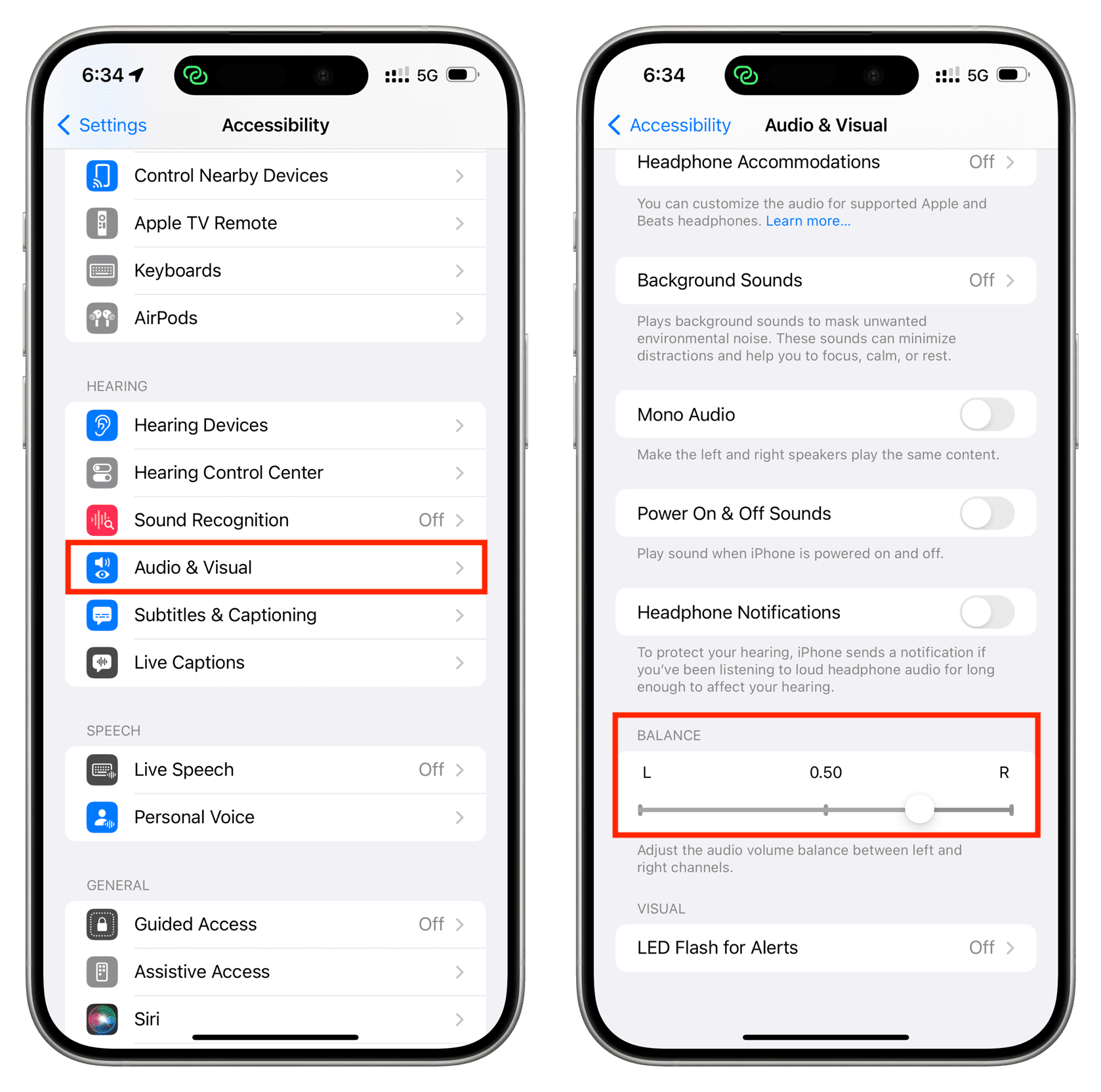
If one of your AirPods is quieter than the other, the issue might be due to an off-center audio balance setting on your device. The audio balance determines how sound is distributed between the left and right AirPods.
If the balance is skewed towards one side, it can cause uneven volume levels.
- Start by opening the Settings app on your iPhone or iPad. From there, navigate to the Accessibility options where the audio balance settings are located.
- Scroll down in the Settings app and tap on Accessibility. This menu contains various settings to enhance the user experience, especially for those with specific needs.
- Within the Accessibility menu, scroll down to find the Audio/Visual option. Tap on it to access settings related to audio output.
- In the Audio/Visual settings, you’ll find a slider labeled Balance. This slider controls the audio balance between the left and right AirPods. If it’s moved too far to one side, it can cause one AirPod to be quieter than the other. Move the slider to the center position to ensure equal volume in both AirPods.
- After adjusting the slider, play audio from your device to test your AirPods. Listen carefully to ensure the sound is evenly distributed. If it still feels uneven, fine-tune the slider until the balance is right.
So, if one AirPod is quieter than the other, it might be due to an off-center audio balance. This can disrupt stereo sound and affect your listening experience. To fix it, simply adjust the audio balance slider to the center. This quick adjustment will restore clear and even sound from both AirPods, making your listening much better.
5. Disable Low Power Mode
Low Power Mode on your iPhone or iPad helps extend battery life by reducing performance and background activity. However, this mode can also lower the volume output, including when using AirPods.
When Low Power Mode is on, your device limits features like background app refresh and visual effects to save energy. This can also lower the maximum volume output, making your AirPods quieter than usual. It might also weaken the Bluetooth connection, causing lag or reduced sound quality.
- Go to the Settings app on your device.
- Tap on Battery in the menu.
- If the switch next to Low Power Mode is green, tap it to turn it off.
Turning off Low Power Mode allows your device to function at full power, improving volume output and overall performance. It also strengthens the Bluetooth connection, reducing the chance of audio dropouts or other issues, ensuring your AirPods deliver the best sound quality.
6. Turn Off Headphone Safety Features
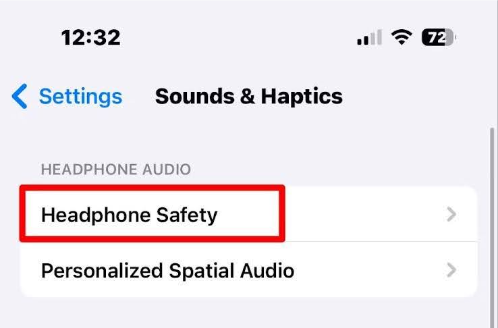
Apple’s headphone safety features are designed to protect your hearing by regulating the volume of your headphones, including AirPods. While these features are helpful for preventing hearing damage, they can sometimes limit the volume output.
The Headphone Notifications feature monitors the volume levels of your headphones over time. If you consistently listen to music or other audio at high volumes, your iPhone or iPad may automatically lower the volume and send you a notification. This automatic adjustment can make your AirPods sound quieter than you expect, especially if you frequently listen to audio at high levels. While this is intended to prevent hearing loss, it might not suit everyone’s preferences, particularly if you’re trying to listen to something in a noisy environment.
- Start by opening the Settings app on your iPhone or iPad.
- Scroll down and tap Sounds & Haptics. This menu contains settings related to your device’s sound output and vibration feedback.
- In the Sounds & Haptics menu, tap on Headphone Safety. Here, you’ll find the controls for Headphone Notifications and Reduce Loud Sounds.
- If you don’t want your iPhone or iPad to automatically lower the volume of your AirPods, you can disable Headphone Notifications. Tap the switch next to Headphone Notifications to turn it off. When the switch is gray, the feature is disabled, meaning your device will no longer automatically reduce the volume or send notifications based on your listening habits.
If you’re concerned about maintaining high audio quality and volume without the limitations imposed by Apple’s safety features, you might want to consider using Krisp. Krisp is a powerful noise-canceling app that works across various devices and platforms, providing a cleaner and clearer listening experience without the need to lower the volume.
How Krisp Outperforms Headphone Safety Features?
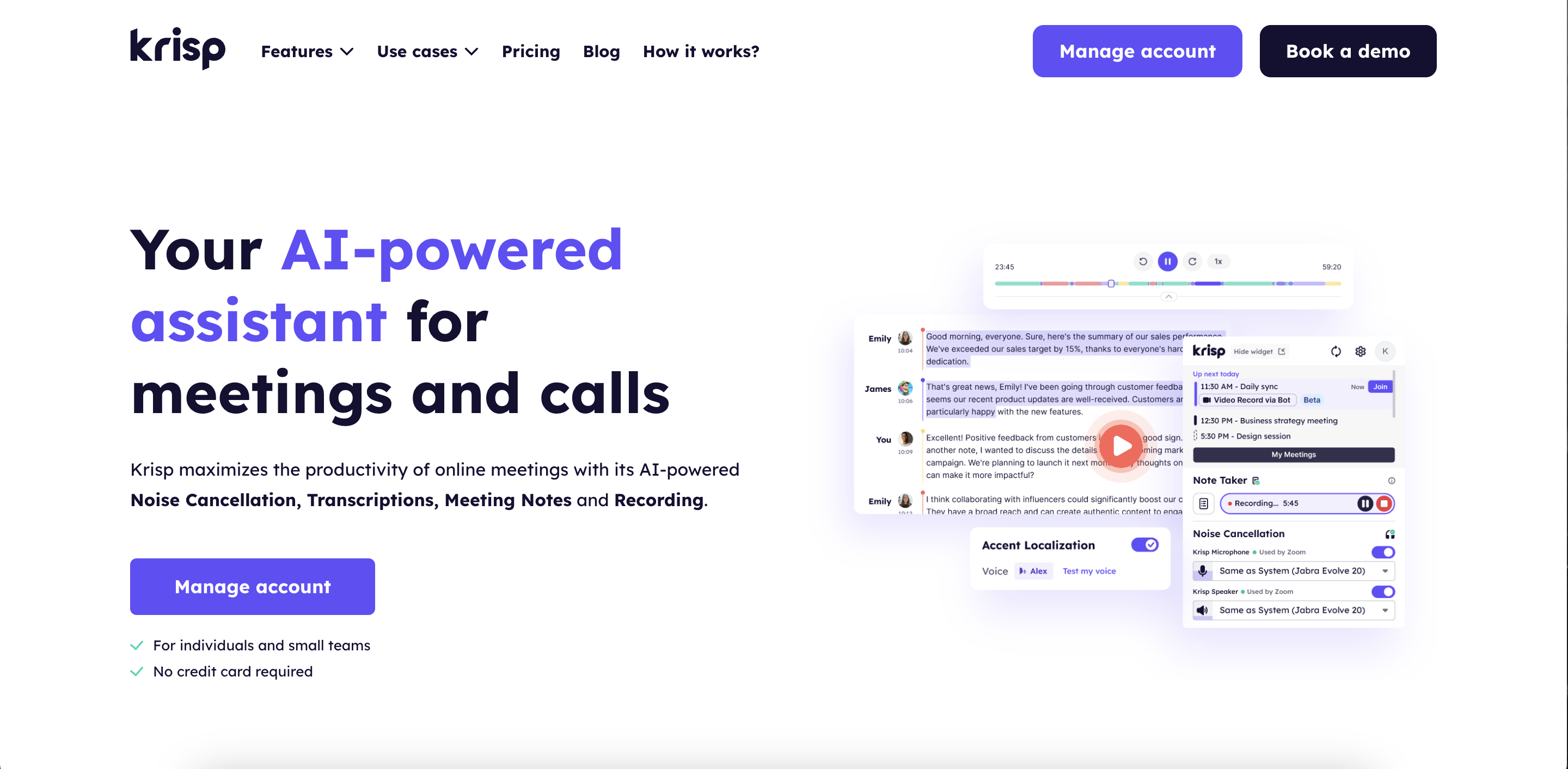
Noise Cancellation vs. Noise Filtering: While many headphones come with active noise cancellation (ANC), which reduces background noise, Krisp takes this a step further by using AI-powered noise filtering. This technology not only cancels out background noise but also differentiates between speech and other sounds, ensuring that only your voice is transmitted clearly during calls or recordings.
Adaptability to Various Environments: Headphone safety features like ANC are often designed for specific environments (e.g., airplanes or offices). Krisp, however, is adaptable to a wide range of environments. It can effectively filter out unwanted noise, whether you are in a bustling café, a noisy home environment, or a crowded office space, offering more consistent audio clarity across different scenarios.
Bidirectional Noise Removal: Traditional headphone safety features typically focus on what you hear. Krisp, on the other hand, removes noise in both directions—eliminating background noise from your surroundings as well as from the other participant’s audio. This ensures clear communication on both ends of a conversation, which is something most headphone safety features don’t offer.
Compatibility with Various Devices: Krisp is software-based and works across multiple platforms, offering noise cancellation for any headset or microphone. This flexibility outperforms hardware-based headphone safety features, which are typically tied to specific devices or models.
7. Reset the Bluetooth Volume on Your AirPods
If you switch your AirPods between devices like your Mac and iPhone, the volume might get out of sync. This easy trick can help fix that:
- Connect your AirPods to your device and start playing music or any audio.
- Lower the volume all the way to zero, but keep the music playing.
- Go to your device’s Bluetooth settings and disconnect your AirPods (don’t forget them, just turn off Bluetooth for a moment). Keep your AirPods in your ears.
- While your AirPods are disconnected, check if the device’s volume increased. If it did, turn it back down to zero.
- Turn Bluetooth back on and reconnect your AirPods. Then, turn the volume back up to where you like it.
This process resets the connection and ensures your AirPods and device are in sync, so you get the best sound possible.
8. Adjust Your Music EQ for a Louder Sound
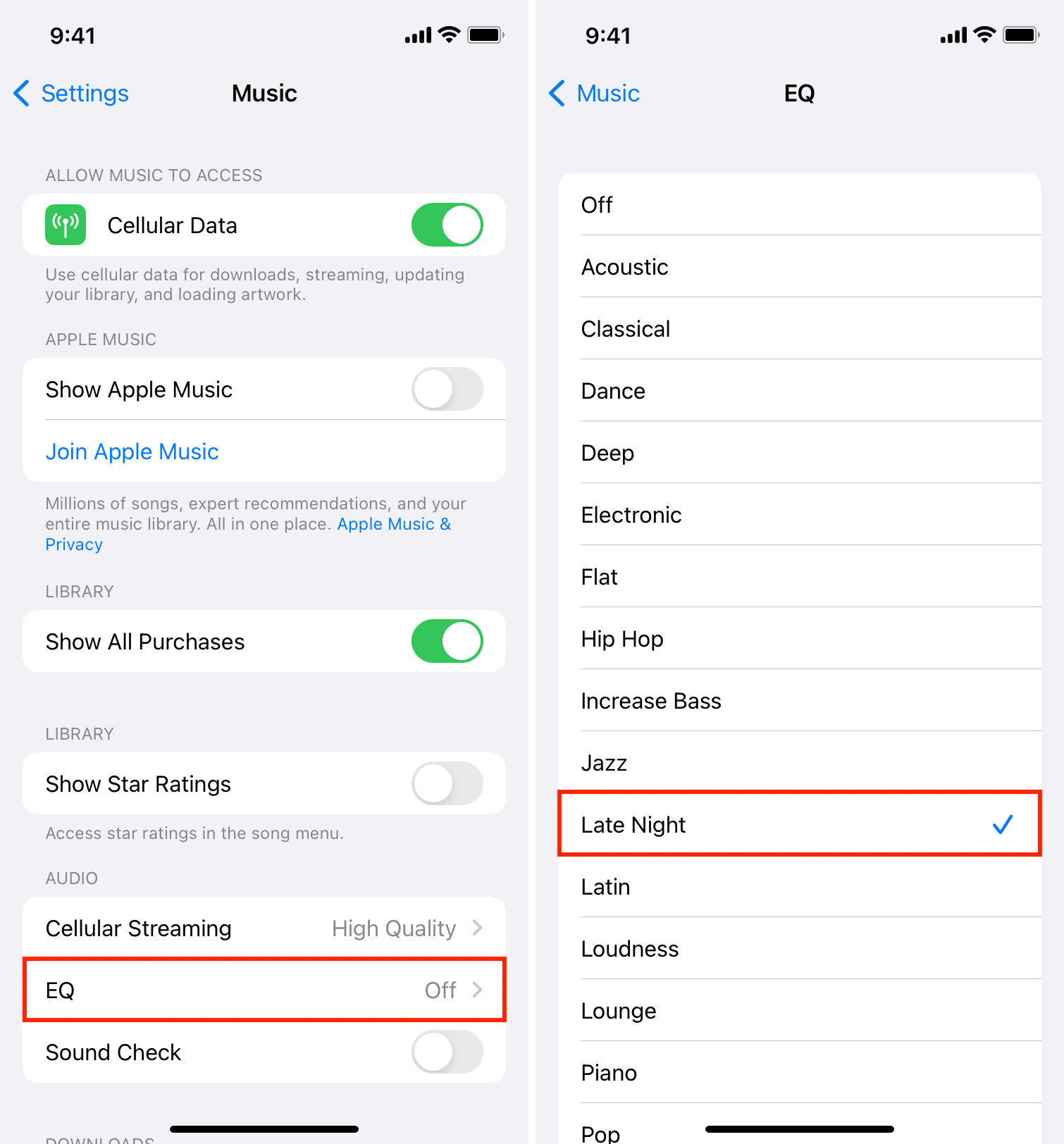
If you want your music to sound louder, you can adjust the equalizer (EQ) settings in the Music app. Different EQ settings can make your music sound louder or change the way it sounds.
Here’s how to do it:
- Start playing any song in the Music app on your device.
- Go to the Settings app on your device and tap on “Music.”
- Tap on “EQ” and try out the different settings.
- Experiment with the options until you find one that makes your music sound the best to you.
The “Late Night” setting is usually the loudest, but you might find another one that works better for your taste. Just keep in mind that the “Loudness” setting might actually make the loudest sounds softer.
9. Use Krisp for Noise Cancellation
If your AirPods are so quiet, it might be because of background noise interfering with your audio. Using Krisp, a noise cancellation app, can help improve your listening experience by blocking out unwanted sounds. Here’s how Krisp works and how it can enhance your AirPods’ performance:
- Download and Install Krisp: Start by downloading the Krisp app from their website and installing it on your device.
- Set Up Krisp as Your Audio Input and Output: Open the Krisp app, and in the settings, choose your AirPods as the microphone and speaker devices. Then, select Krisp as both the input and output audio device within your meeting or conferencing app. This setup will route all audio through Krisp, applying noise cancellation to both what you hear and what others hear from you
- Connect Your AirPods: Ensure your AirPods are connected to your device as usual. Krisp will work with your AirPods to provide noise-free audio.
Krisp can significantly reduce background noise, making your AirPods more effective in noisy environments. So, if your AirPods are so quiet due to background noise, using Krisp for noise cancellation allows them to deliver crisp, clear audio, even in noisy settings.
10. Ensure Optimal Fit
The fit of your AirPods Pro can significantly impact sound quality and volume. If the ear tips are too loose or not properly sealed, it can make your AirPods sound quieter.
- Try Different Ear Tip Sizes:
- AirPods Pro comes with multiple ear tip sizes. Try each size to find the best fit for your ears.
- Run the Ear Tip Fit Test:
- Go to Settings > Bluetooth on your iPhone or iPad.
- Tap the “i” next to your AirPods Pro, then select Ear Tip Fit Test.
- Follow the on-screen instructions to test the fit and ensure you’re using the right ear tips for optimal sound.


